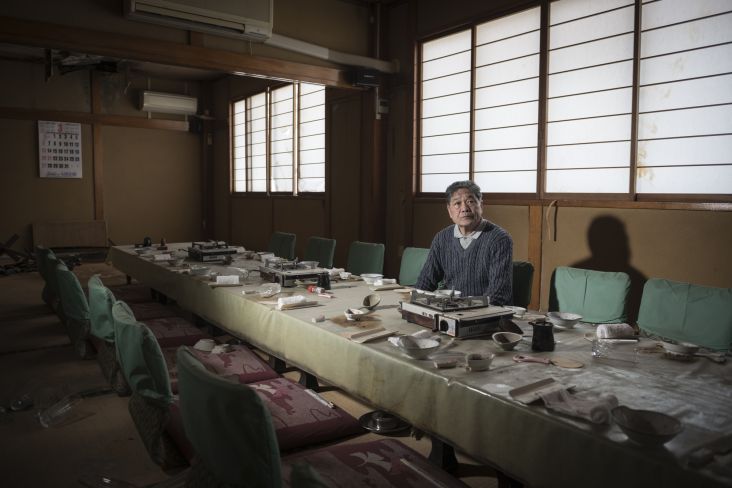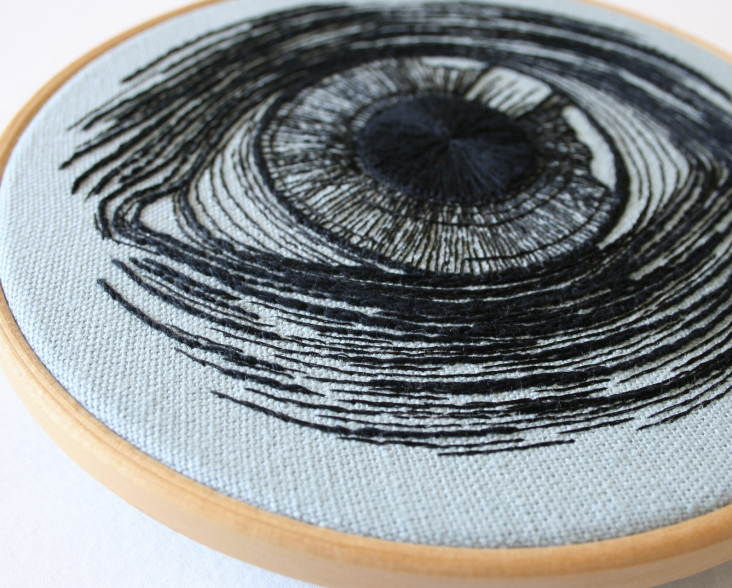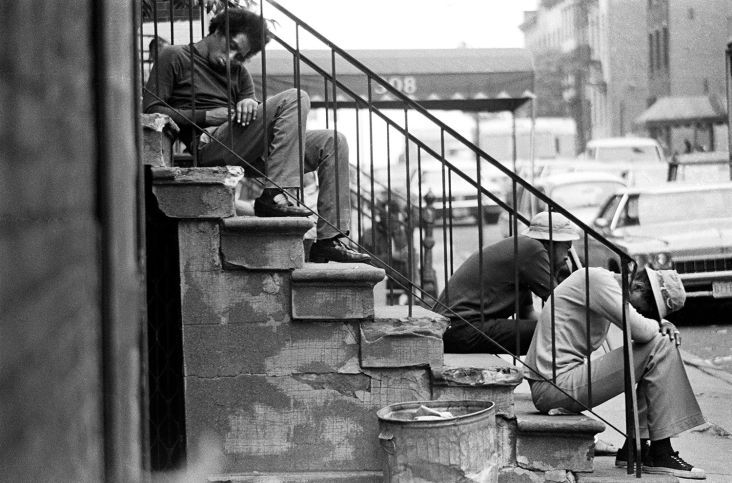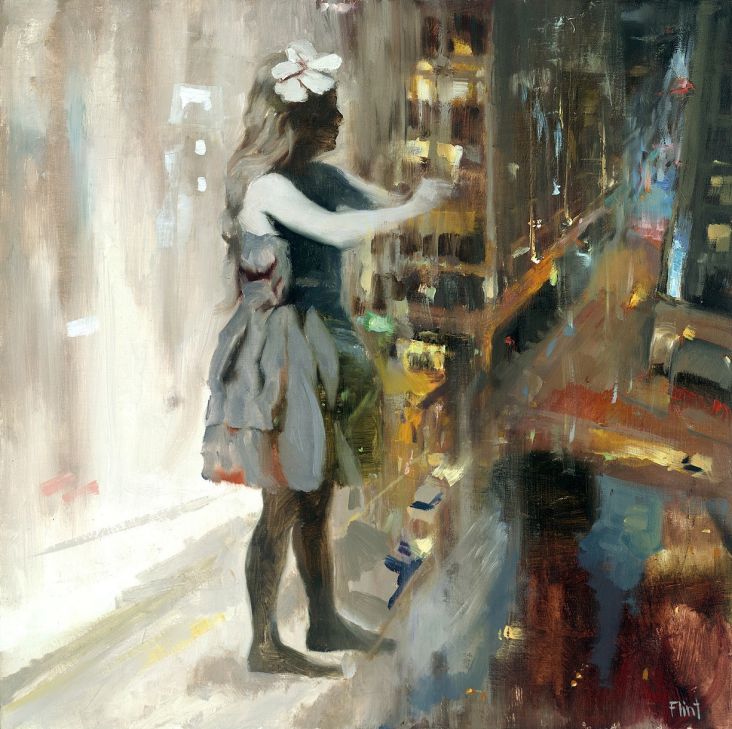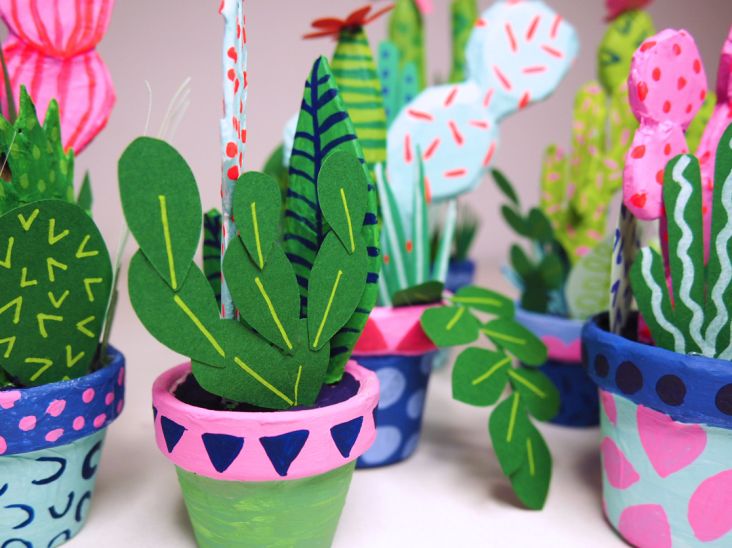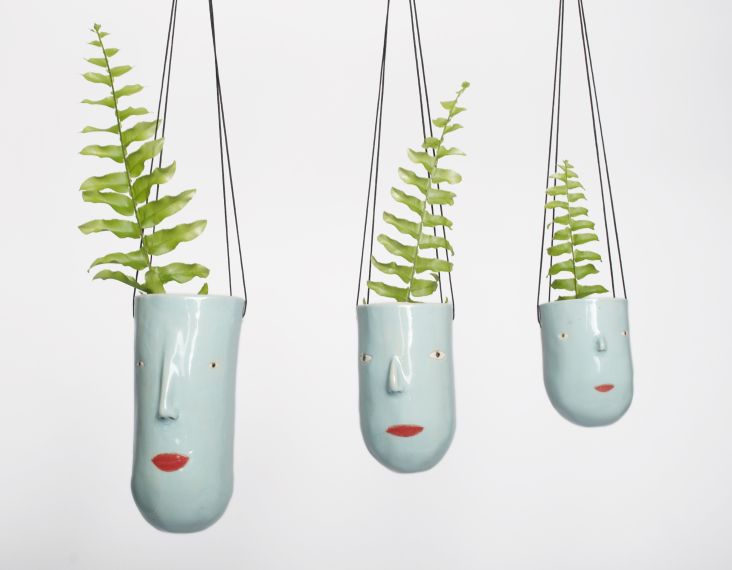Robert Brunner of Ammunition on why design is a process and should be at the heart of any business
Robert Brunner is the founder and partner of Ammunition, the design firm behind Beats by Dre, Savant, Obi Worldwide, Lyft and Adobe Ink & Slide. Prior to founding his own agency, Robert was a partner at Pentagram and led strategic brand consulting and industrial design programmes for Fortune 500 companies. Before that, he was the Director of Industrial Design for Apple where he provided design and direction for all Apple product lines, including the PowerBook.
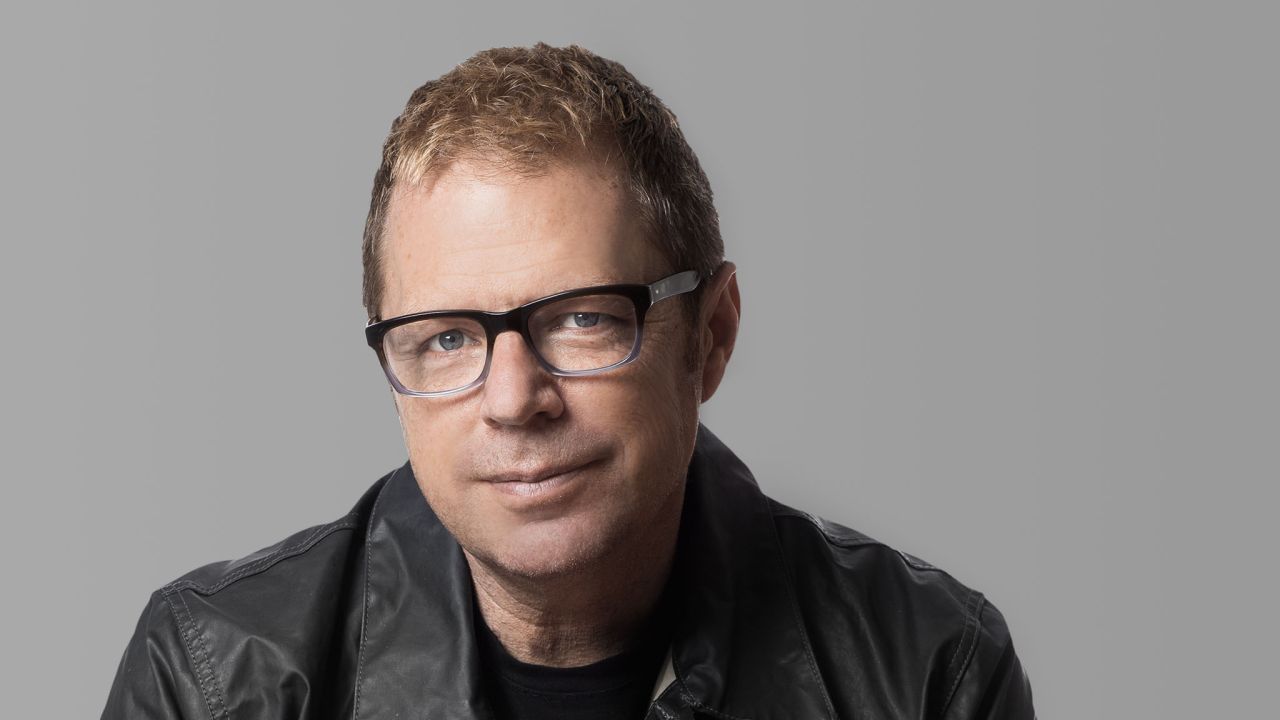
Named one of Fast Company's "Most Creative People in Business", Robert's work is included in the permanent design collections of MoMA in both New York City and San Francisco. He is also the co-author of the book Do You Matter? How Great Design Will Make People Love Your Company.
While the Ammunition client portfolio is vast and varied, the one constant is that each of these companies has placed design at the core of their business and success. Robert believes that design is a process, rather than an event and that successful design needs to be integrated into every step of the process – that it’s not just a designer’s responsibility to create great design –– it requires effort and attention from everyone in the experienced supply chain at each step of the way.
We spoke to Robert about how any business – large or small – can embed great design practice into their company's culture while adopting the philosophy of placing design at the heart of any team.
You've had a rich and varied career over 30+ years. What has changed in the design industry during that time?
The biggest change is the understanding of design, especially in a business context, and its rising importance. There are distinct phases.
When I first started, design was a necessary evil, especially in tech. Designers were brought in at a certain point in the process to make the product as good as possible. Back then, design was viewed as a step in the process. Then, product design caught on as an idea around corporate identity, and the notion of design language came about. Industrial design was an identity function.
From there, came the phase of innovation – you had to be innovative and implement visual and functional innovation. One could argue for innovation’s sake. That was the gateway to industry maturation and the point when people began to understand that design really is an interface point between people, companies, services, and products. The products that took on that idea shaped the experience and built brand value. Apple’s iPhone is a good example of that. This phase continued to create a rising importance of what product design is, which is the time we’re currently in.
So with design enjoying a golden age and a place finally at the corporate table, what is different? How did we get here?
The success of Apple helped people to understand the idea that the design of things matters – it’s important that it’s well done and it matters in a way that is above or at least equal to the importance of a product’s technology.
Companies now know it is as important to invest in design and designers as it is to invest in programmers and engineers. It doesn’t matter how good the technology is unless people can understand it, use it and desire it. Creating value is really important – it’s not just about something that is pretty; design is critical to building relationships with people and creating competitive advantage in the marketplace. All of these things have lined up in the last eight years.
Tell us more about Ammunition – what's your company's philosophy?
Ammunition’s philosophy of design is to build very simple, meaningful things. Our focus is on building simplicity from a usability and visual point of view, and yet not creating things that are homogeneous. We aim to create emotional characteristics that people will respond to. To do that we take into account how the design of a product feels, looks behaves and captures the imagination.
From a business point of view, our approach is to be a partner with the companies we work with and have an equal seat at the table. We push for that with the client relationships we have and found that we do our best work when we are aligned with the principles of the people we work with, and they are aligned with ours. That is when we form a partnership that will make something great. It is a delicate balance of everyone’s agenda to make it work as a single unit.
The ability to clearly communicate and contextualise ideas in a powerful way has a lot to do with the success of a designer.
You believe design is a process, rather than an event and that it needs to be integrated with every step of the process. Tell us more...
The thing about design is that most people like to put it in a box. They view it as something that happens between marketing and engineering. The reality is that design is always happening. If you are a designer, you are talking about design as the idea forms, you create design in the delivery stage, and design is still a part of the conversation beyond creation when the product is in market.
If you are a design-driven company, the design of something takes importance through all aspects of the development process and beyond. I always say that design is everybody’s job, not just the designer’s job. Everyone along the way – from the engineer to the manufacturing professional – all need to understand what the design goals are, what is important, and what needs to be done. Everyone plays a role in making a good product and good experience.
Most people focus on the product idea and concept stages and think that once you create the concept, the work is done. In reality, that is a small amount of the work. The bigger task is bringing the idea to life and making it work. That is how you become design-driven.
If it's not just a designer's responsibility to create great design – how do people who aren't from a design background ensure the product or experience is successful?
A design-driven culture is built on a shared understanding of what is trying to be achieved, and a shared understanding that design is important. Along the chain of events of product development, everyone understands their role. It’s not a question of everyone in the chain knowing how to design, it’s really everyone in that chain understanding what their role is in delivering the product, and adhering to the principles and goals of the product.
That is why so many bad things can happen – if a great idea goes through that system with a group or individuals without that viewpoint, they tend to think that they are saving cost and time, and if they aren’t aligned on product strategy, the product and design gets degraded. The only way you achieve a successful experience and great design is through leadership and shared an understanding of the product and each person’s role in the creation of that product.
How do you generate new ideas? How do businesses large and small apply your design philosophies?
Generating new ideas is a process of first understanding the context of what we’re doing - getting involved and understanding what the company is about, what the product is about, what users’ lives are like, and figuring out the problem we are trying to solve. Then we generate a lot of ideas – some are good, some aren’t, some are crazy, some realistic.
It’s important to go through the process of doing a variety of things within that context and seeing where they can go. There are many different possibilities and that helps build a strong opinion of what the outcome should be. We’ll then throw out the ideas that won’t work and aren’t inspirational enough, and then we focus on a few and develop those.
What trends do you see emerging in the next few years?
We’ll continue to see technology move into the background. That’s not to say that technology is going away, it will just become more pervasive and embedded – it’s all about what it’s doing on the backend. It’ll be less about having such an impact on the experience; experience will have more of an impact on the technology.
I also see the pace of design accelerating to keep up with how rapidly culture shifts, especially with younger generations. It used to be that we’d see major shifts happen every decade or so, and now it’s every three years. Design will need to respond to these changes rapidly to create things that are relevant.
What's the setup like at Ammunition and how does this contribute to the culture? How do you operate and ensure successful output?
Ammunition is a fairly flat structure - we have partners who run the company and discipline leaders in different areas of design. Our approach is about forming and reforming teams really quickly. It takes a certain type of person without too big of an ego to participate, as one day it’s their show, and another day it’s someone else’s. We’ve created a culture that supports this way of working. Our culture also supports and celebrates the efforts of the individual – there is a lot of encouragement for people taking risks, and all of that adds up to a creative culture.
Ammunition has an open office space. A lot of the phases of design happen organically and casually. We have formal meetings and reviews, but a lot of things happen at someone’s desk. We do a lot of real-time stuff, which is a requirement to make things move forward quickly.
If you could offer essential career advice to aspiring designers out there, what would you say?
The ability to clearly communicate and contextualise ideas in a powerful way has a lot to do with the success of a designer. This often gets overlooked in school. Many times, that is what makes a great idea possible. You aren’t really taught how to give a presentation or write a story about your design in school. That’s not to downplay amazing talent, great training and skills, but having good communication skills gets overlooked so often.
What's happening next for Ammunition? Anything you can reveal and tell us about?
As far as what’s happening next – we’re continuing to build on our capability to not just design things, but also designing businesses and working very closely with founders and leaders on shaping everything they do. We are continuing to do that and push beyond product design and design strategy into business strategy and operational structure. We’re helping build design-driven companies from the product upward.
In recent months, we launched June’s intelligent oven, the Savant remote, UNICEF’s Kid Power Band, Obi Worldphone’s new smartphones, and the Ember mug. We’re excited about everything else we have in store – stay tuned for what’s to come.
To find out more about Robert, visit www.ammunitiongroup.com. You can also follow him on Twitter @rdbrunner. If you have any further questions for Robert, you can pose them by commenting below.




 by Tüpokompanii](https://www.creativeboom.com/upload/articles/58/58684538770fb5b428dc1882f7a732f153500153_732.jpg)


 using <a href="https://www.ohnotype.co/fonts/obviously" target="_blank">Obviously</a> by Oh No Type Co., Art Director, Brand & Creative—Spotify](https://www.creativeboom.com/upload/articles/6e/6ed31eddc26fa563f213fc76d6993dab9231ffe4_732.jpg)








